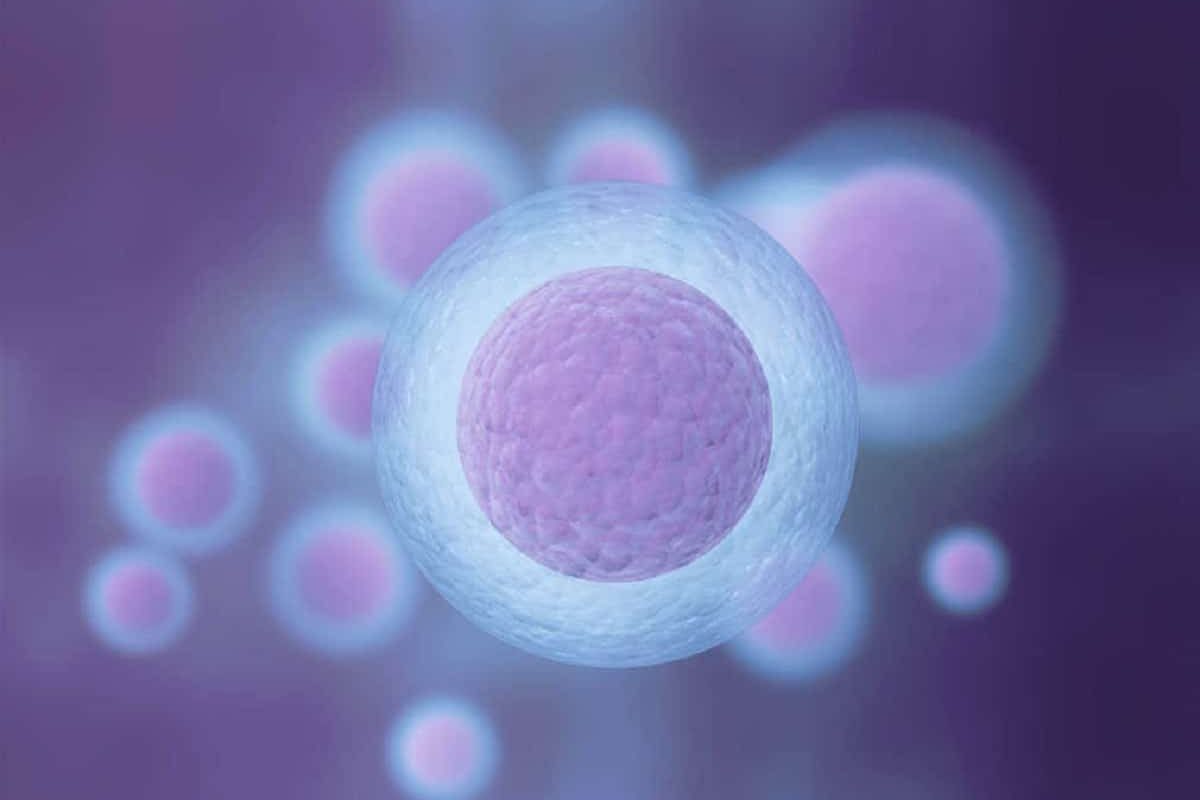The menstrual cycle is divided into 2 phases: the follicular phase and the luteal phase. Day 1 of the cycle coincides with day 1 of menstruation (bleeding), giving way to the follicular phase. Then ovulation takes place followed by the next phase, the luteal phase.
PROGESTERONE
This hormone favors pregnancy and also helps us to be calm, relaxed and serene. It is a time when we are the most emotionally sensitive.
In the menstrual bleeding phase and in the follicular phase, the progesterone level is at its lowest point. It is in the middle of the luteal phase when the levels of this hormone increase, only to lower after confirming there has been no fertilization.
Progesterone has the ability to create INSULIN RESISTANCE, which means that it is more difficult for cells to use insulin and the level of blood sugar increases (hyperglycemia).
For this reason, during the luteal phase, women with diabetes may notice that their glucose levels are more difficult to control. In addition, insulin resistance makes it easier to accumulate fat, so women that find it hard to control their weight have to pay close attention to what they choose to eat during this phase (pre-menstrual phase), since the craving for products high in sugars and poor in nutrients usually increases.
Link: https://www.diariodenavarra.es/noticias/blogs/dn-running-dudas-consejos/2020/06/25/efectos-del-ciclo-menstrual-sobre-composicion-corporal-energia-salud-694100-3363.html
Date: June 26th, 2020
By: María Jáuregui López
Article written by María Jáuregui López (@dietistaeninsta), Pharmacy + Human Nutrition and Dietetics graduate from the University of Navarra, ID number NA396. She is passionate about Nutrition and is an advocate of a healthy lifestyle. Currently, she is part of the Javier Angulo team working as a Dietitian-Nutritionist at the Center “Esportrium Nutrición y Fisioterapia”
Bibliography:
[1] S. Andrea Contreras and O. Larisa Fabres, “Epilepsia y mujer,” Rev. Médica Clínica Las Condes, vol. 24, no. 6, pp. 928–937, 2013, doi: 10.1016/s0716-8640(13)70246-3.
[2] L. B. De Souza, K. A. Martins, M. M. Cordeiro, Y. D. S. Rodrigues, B. P. M. Rafacho, and R. A. Bomfim, “Do Food Intake and Food Cravings Change during the Menstrual Cycle of Young Women?,” Rev. Bras. Ginecol. e Obstet., vol. 40, no. 11, pp. 686–692, 2018, doi: 10.1055/s-0038-1675831.
[3] Xusa Sanz, “Curso ciclo menstrual y salud.” Norte Salud Nutrición. Escuela de alimentación.
[4] A. C. Hackney, A. L. Kallman, and E. A?gön, “Female sex hormones and the recovery from exercise: Menstrual cycle phase affects responses,” Biomed. Hum. Kinet., vol. 11, no. 1, pp. 87–89, 2019, doi: 10.2478/bhk-2019-0011.
[5] “Bot PLUS [Base de Datos],” [Online]. Available: https://botplusweb.portalfarma.com/.
[6] Linda S. Costanzo, FISIOLOGÍA, 4a edición. ELVESIER.
[7] “OFFICE ON WOMEN’S HEALTH,” [Online]. Available: https://espanol.womenshealth.gov/menstrual-cycle.
[8] Y. Zhengwei and J. C. Schank, “Women do not synchronize their menstrual cycles,” Hum. Nat., vol. 17, no. 4, pp. 433–447, 2006.
[9] A. Lanfranchi, “A Scientific Basis for Humanae Vitae and Natural Law: The Role of Human Pheromones on Human Sexual Behavior Preferences by Oral Contraceptives and the Abortifacient Effects of Oral Contraceptives,” Linacre Q., vol. 85, no. 2, pp. 148–154, 2018.
[10] C. J. Wysocki and G. Preti, “Facts, fallacies, fears, and frustrations with human pheromones,” Anat. Rec. – Part A Discov. Mol. Cell. Evol. Biol., vol. 281, no. 1, pp. 1201–1211, 2004.
Nutrigenomics Institute is not responsible for the comments and opinions included in this article






